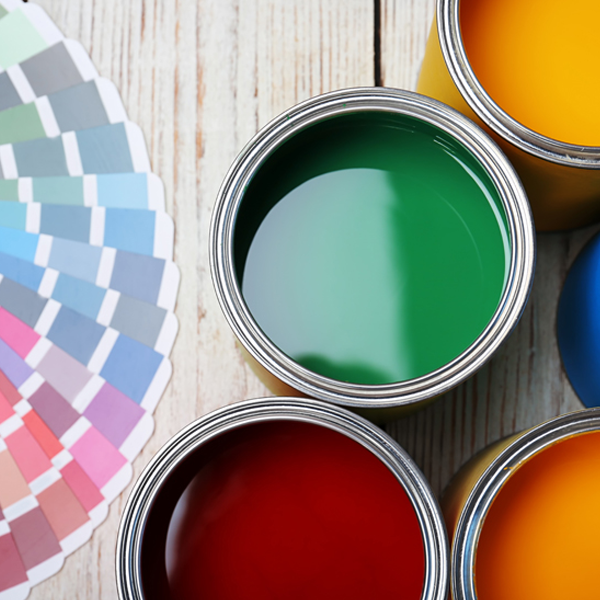Acrylic resins represent the largest category of polymers used in the coatings, adhesives, inks and finishes industries. Based on acrylate and methacrylate monomers, they provide excellent durability and weather resistance, gloss retention, and excellent adhesion, abrasion and thermal resistance characteristics. They are widely used in water-borne, solvent based, powder and radiation-cured technologies. We offer a broad line of high-quality monomers for acrylic resins, serviced by knowledgeable professionals
x
Recent Search Keywords
Accurate Product Testing
by Expert Scientists
FAQs
Plastics, coatings, adhesives, dental materials, and other products all use methyl methacrylate (MMA).
The terms MMA and MMA do, in fact, refer to the same chemical substance.
If not treated appropriately, methyl methacrylate (MMA) can be dangerous, irritating the skin, eyes, and
respiratory system and, in high doses, having negative effects on the organs. When working with it, safety
measures are crucial.
Coatings, adhesives, sealants, and inks are frequently made with Butyl acrylate. It improves these materials'
flexibility, adhesion, and weather resistance.
Butyl Acrylate is one of many acrylates that are used in a variety of products, including paints, coatings, adhesives, sealants, textiles, plastics, medical devices, and nail polish.
Butyl acrylate has the chemical formula C7H12O2.
A liquid mixture called an acrylamide solution contains acrylamide, a chemical with the molecular formula C3H5NO. In laboratories and a variety
of industrial settings, acrylamide solutions are frequently employed.
The skin sensitising and irritating/damaging effects on the respiratory tract, skin, and eyes are thought to be
the most serious side effects in humans following exposure to 2-ethylhexyl acrylate.
Acrylic acid is largely utilized in coatings and adhesives. Additionally, it is utilized in water treatment chemicals, detergent intermediates,
oil treatment chemicals, and polyacrylic acid polymers that absorb water.
Abstract. Despite having a significant potential for allergies, the low-molecular-weight monomer 2-hydroxyethyl
methacrylate (HEMA) is often employed in adhesives due to its ability to increase binding strength.
Additionally, phase separation can be avoided by using HEMA in one-component, one-step adhesives.
In addition to being utilized as a dyesite monomer in acrylic fiber and as a performance monomer in synthetic polymer applications, sodium allyl sulfonate 35% is also employed as a brightener for nickel electroplating.
It has a relatively low volatility and is miscible with water as well as soluble in the majority of organic solvents. The vapor of it weighs more than air. It easily copolymerized with a wide range of monomers.

